![[Photo] Relic of house and bunker D67 - where General Vo Nguyen Giap wrote the historic secret telegram photo 1](https://image.nhandan.vn/w2000/Uploaded/2025/bkedwlyujiedjkdw/2025_04_22/ndo_br_stnd6073-4199-6895.jpg.webp) |
The meeting room of the Politburo and the Central Military Commission was where many confidential meetings of the Politburo and the Central Military Commission took place, making strategic decisions for the southern revolution from 1968 to 1975. Notably, in this room, from December 18, 1974 to January 8, 1975, the Politburo met and approved the plan to liberate the south in the two years of 1975-1976, and emphasized that "if the opportunity comes at the beginning or end of 1975, then immediately liberate the south in 1975". |
![[Photo] Relic of house and bunker D67 - where General Vo Nguyen Giap wrote the historic secret telegram photo 2](https://image.nhandan.vn/w2000/Uploaded/2025/bkedwlyujiedjkdw/2025_04_22/ndo_br_stnd6113-4720-809.jpg.webp) |
| The conference table is located in the center of the room, facing east-west. On the north-south sides of the room are four small tables, which are the seats of the meeting secretaries. Currently, on the table are arranged bronze plaques bearing the names of 24 comrades who participated in the expanded Politburo meeting in late 1974 and early 1975. |
![[Photo] Relic of house and bunker D67 - where General Vo Nguyen Giap wrote the historic secret telegram photo 3](https://image.nhandan.vn/w2000/Uploaded/2025/bkedwlyujiedjkdw/2025_04_22/ndo_br_stnd6045-5135-598.jpg.webp) |
The clocks and radios used by comrades in the Central Military Commission, the Ministry of National Defense, and the General Staff to listen to news and the war situation during the period 1972-1975 are displayed at house D67. |
![[Photo] Relic of house and bunker D67 - where General Vo Nguyen Giap wrote the historic secret telegram photo 4](https://image.nhandan.vn/w2000/Uploaded/2025/bkedwlyujiedjkdw/2025_04_22/ndo_br_stnd6092-9242-6779.jpg.webp) |
Next to the meeting room of the Politburo and the Central Military Commission is the office of General Vo Nguyen Giap. |
![[Photo] Relic of house and bunker D67 - where General Vo Nguyen Giap wrote the historic secret telegram photo 5](https://image.nhandan.vn/w2000/Uploaded/2025/bkedwlyujiedjkdw/2025_04_22/ndo_br_stnd6087-7382-1073.jpg.webp) |
In this room, as Secretary of the Central Military Commission, Minister of National Defense, Commander-in-Chief of the Vietnam People's Army, General Vo Nguyen Giap wrote a secret telegram that went down in history: "Faster, faster; bolder, bolder. Seize every hour and minute, rush to the front line to liberate the South..." |
![[Photo] Relic of house and bunker D67 - where General Vo Nguyen Giap wrote the historic secret telegram photo 6](https://image.nhandan.vn/w2000/Uploaded/2025/bkedwlyujiedjkdw/2025_04_22/ndo_br_stnd6097-1417-5667.jpg.webp) |
The room is located in the east of house D67, 35m wide, where General Vo Nguyen Giap worked from November 1968 to 1980. |
![[Photo] Relic of house and bunker D67 - where General Vo Nguyen Giap wrote the historic secret telegram photo 7](https://image.nhandan.vn/w2000/Uploaded/2025/bkedwlyujiedjkdw/2025_04_22/ndo_br_stnd6129-7513-2078.jpg.webp) |
General Van Tien Dung's office is located west of building D67. Here, in his position as Deputy Secretary of the Central Military Commission and Chief of the General Staff of the Vietnam People's Army, the General signed many important directives and decisions, contributing to defeating the US Air Force's destructive war in the North. |
![[Photo] Relic of house and bunker D67 - where General Vo Nguyen Giap wrote the historic secret telegram photo 8](https://image.nhandan.vn/w2000/Uploaded/2025/bkedwlyujiedjkdw/2025_04_22/ndo_br_stnd6017-643-9147.jpg.webp) |
D67 bunker (Central Military Commission bunker) was built in 1967 along with D67 building. The bunker is 9m deep and was solidly built to withstand bombs. The bunker has 3 floors of stairs. |
![[Photo] Relic of house and bunker D67 - where General Vo Nguyen Giap wrote the historic secret telegram photo 9](https://image.nhandan.vn/w2000/Uploaded/2025/bkedwlyujiedjkdw/2025_04_22/ndo_br_stnd6012-5463-503.jpg.webp) |
The door is made of 12cm thick blue painted steel that can prevent water and toxic gas. |
![[Photo] Relic of house and bunker D67 - where General Vo Nguyen Giap wrote the historic secret telegram photo 10](https://image.nhandan.vn/w2000/Uploaded/2025/bkedwlyujiedjkdw/2025_04_22/ndo_br_stnd5949-1985-7406.jpg.webp) |
The main door leads to the hallway, with two ends leading up to two stairs leading to the offices of General Vo Nguyen Giap and General Van Tien Dung. |
![[Photo] Relic of house and bunker D67 - where General Vo Nguyen Giap wrote the historic secret telegram photo 11](https://image.nhandan.vn/w2000/Uploaded/2025/bkedwlyujiedjkdw/2025_04_22/ndo_br_stnd5895-2335-1577.jpg.webp) |
The D67 basement meeting room has a rectangular shape, 9.150m long; 3.88m wide; 0.47m thick walls made of high-grade reinforced concrete. |
![[Photo] Relic of house and bunker D67 - where General Vo Nguyen Giap wrote the historic secret telegram photo 12](https://image.nhandan.vn/w2000/Uploaded/2025/bkedwlyujiedjkdw/2025_04_22/ndo_br_stnd6002-5879-6077.jpg.webp) |
Many artifacts such as combat maps, meeting tables and chairs, and communication machines at tunnel D67 are still preserved in their original state, bringing a vivid feeling of a fierce but heroic historical moment of the nation. |
![[Photo] Relic of house and bunker D67 - where General Vo Nguyen Giap wrote the historic secret telegram photo 13](https://image.nhandan.vn/w2000/Uploaded/2025/bkedwlyujiedjkdw/2025_04_22/ndo_br_stnd5911-2914-1849.jpg.webp) |
Next to the meeting room is the Duty-Information Room, the Secretariat's workplace with radio systems and machines arranged in glass cabinets. |
Source: https://nhandan.vn/anh-di-tich-nha-va-ham-d67-noi-dai-tuong-vo-nguyen-giap-viet-buc-mat-dien-lich-su-post874437.html


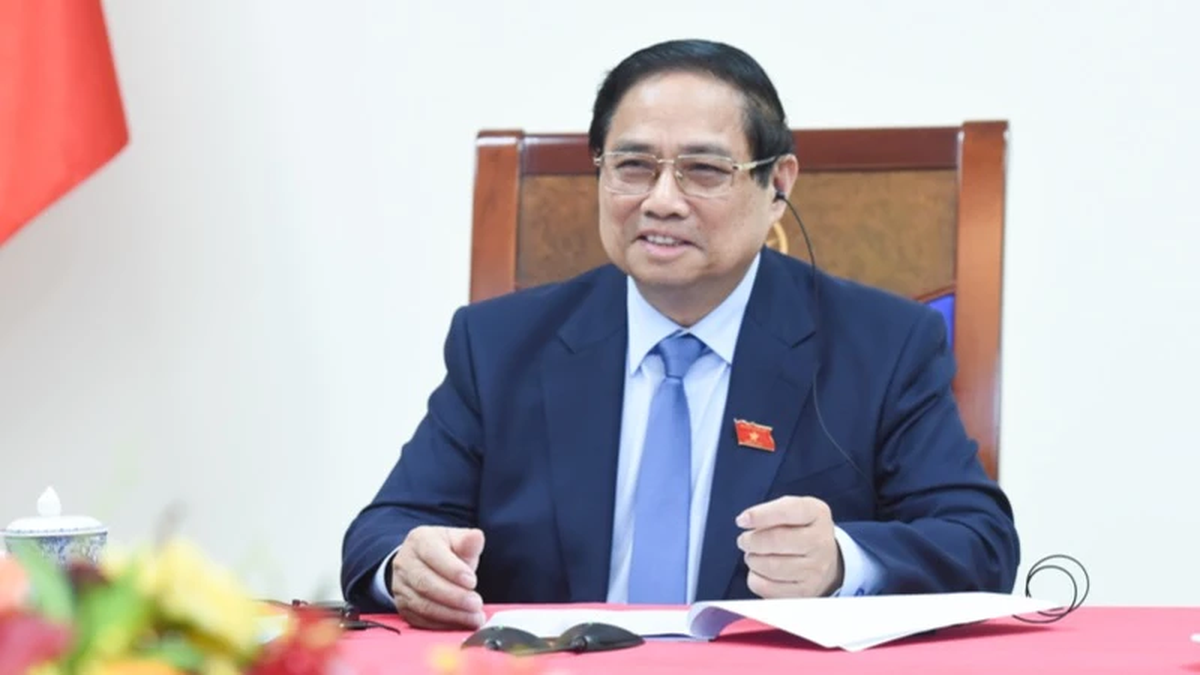
![[Photo] Prime Minister Pham Minh Chinh meets with the Policy Advisory Council on Private Economic Development](https://vphoto.vietnam.vn/thumb/1200x675/vietnam/resource/IMAGE/2025/5/8/387da60b85cc489ab2aed8442fc3b14a)
![[Photo] National Assembly Chairman Tran Thanh Man chairs the meeting of the Subcommittee on Documents of the First National Assembly Party Congress](https://vphoto.vietnam.vn/thumb/1200x675/vietnam/resource/IMAGE/2025/5/8/72b19a73d94a4affab411fd8c87f4f8d)
![[Photo] President Luong Cuong presents the decision to appoint Deputy Head of the Office of the President](https://vphoto.vietnam.vn/thumb/1200x675/vietnam/resource/IMAGE/2025/5/8/501f8ee192f3476ab9f7579c57b423ad)

![[Photo] General Secretary concludes visit to Azerbaijan, departs for visit to Russian Federation](https://vphoto.vietnam.vn/thumb/1200x675/vietnam/resource/IMAGE/2025/5/8/7a135ad280314b66917ad278ce0e26fa)
![[Photo] Prime Minister Pham Minh Chinh meets with the Policy Advisory Council on Private Economic Development](https://vphoto.vietnam.vn/thumb/402x226/vietnam/resource/IMAGE/2025/5/8/387da60b85cc489ab2aed8442fc3b14a)
![[Photo] National Assembly Chairman Tran Thanh Man chairs the meeting of the Subcommittee on Documents of the First National Assembly Party Congress](https://vphoto.vietnam.vn/thumb/402x226/vietnam/resource/IMAGE/2025/5/8/72b19a73d94a4affab411fd8c87f4f8d)
![[Photo] President Luong Cuong presents the decision to appoint Deputy Head of the Office of the President](https://vphoto.vietnam.vn/thumb/402x226/vietnam/resource/IMAGE/2025/5/8/501f8ee192f3476ab9f7579c57b423ad)

![[Photo] General Secretary concludes visit to Azerbaijan, departs for visit to Russian Federation](https://vphoto.vietnam.vn/thumb/402x226/vietnam/resource/IMAGE/2025/5/8/7a135ad280314b66917ad278ce0e26fa)





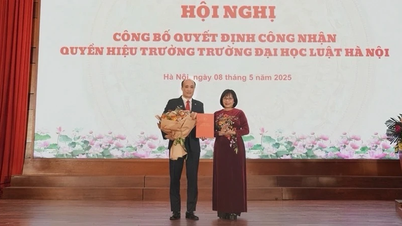
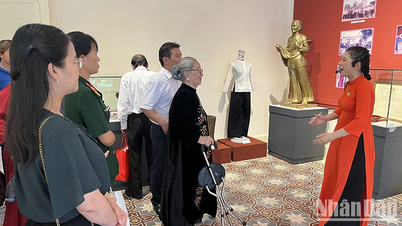
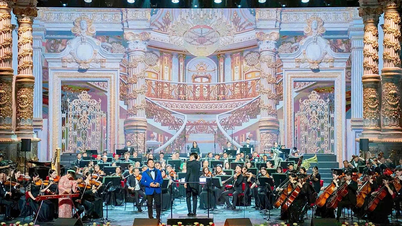
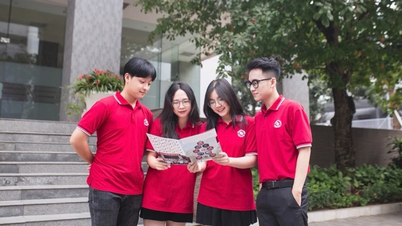
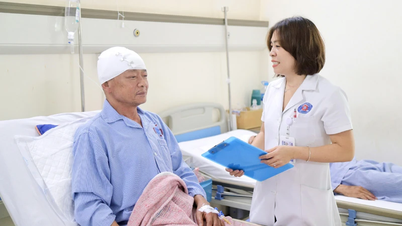
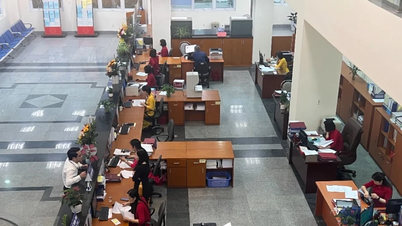
































![[Photo] Prime Minister Pham Minh Chinh talks on the phone with Singaporean Prime Minister Lawrence Wong](https://vphoto.vietnam.vn/thumb/402x226/vietnam/resource/IMAGE/2025/5/8/e2eab082d9bc4fc4a360b28fa0ab94de)











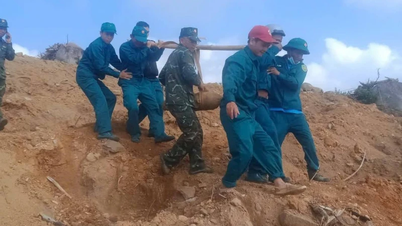



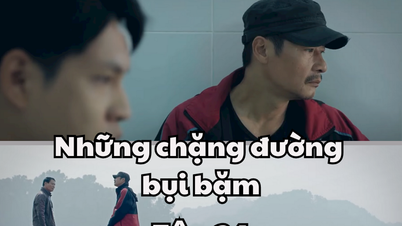

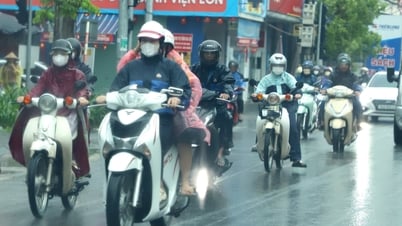

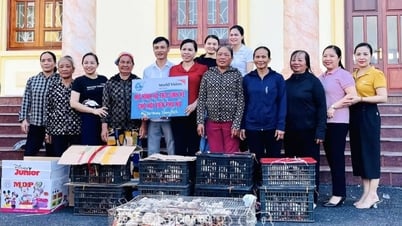

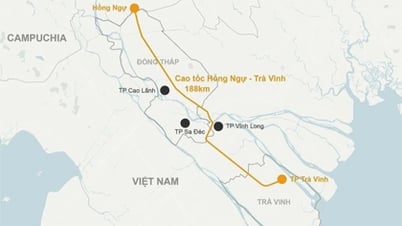












Comment (0)